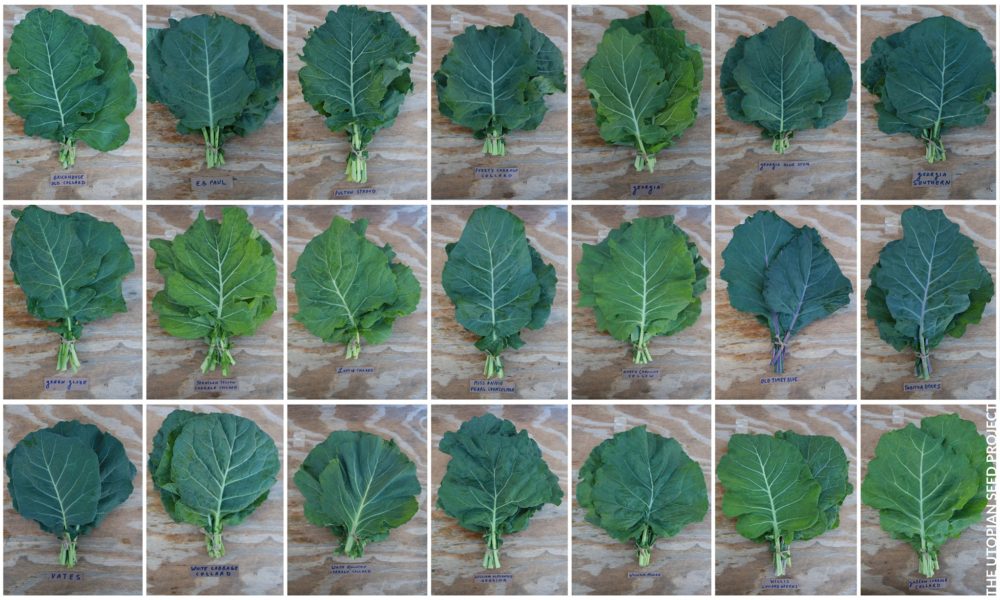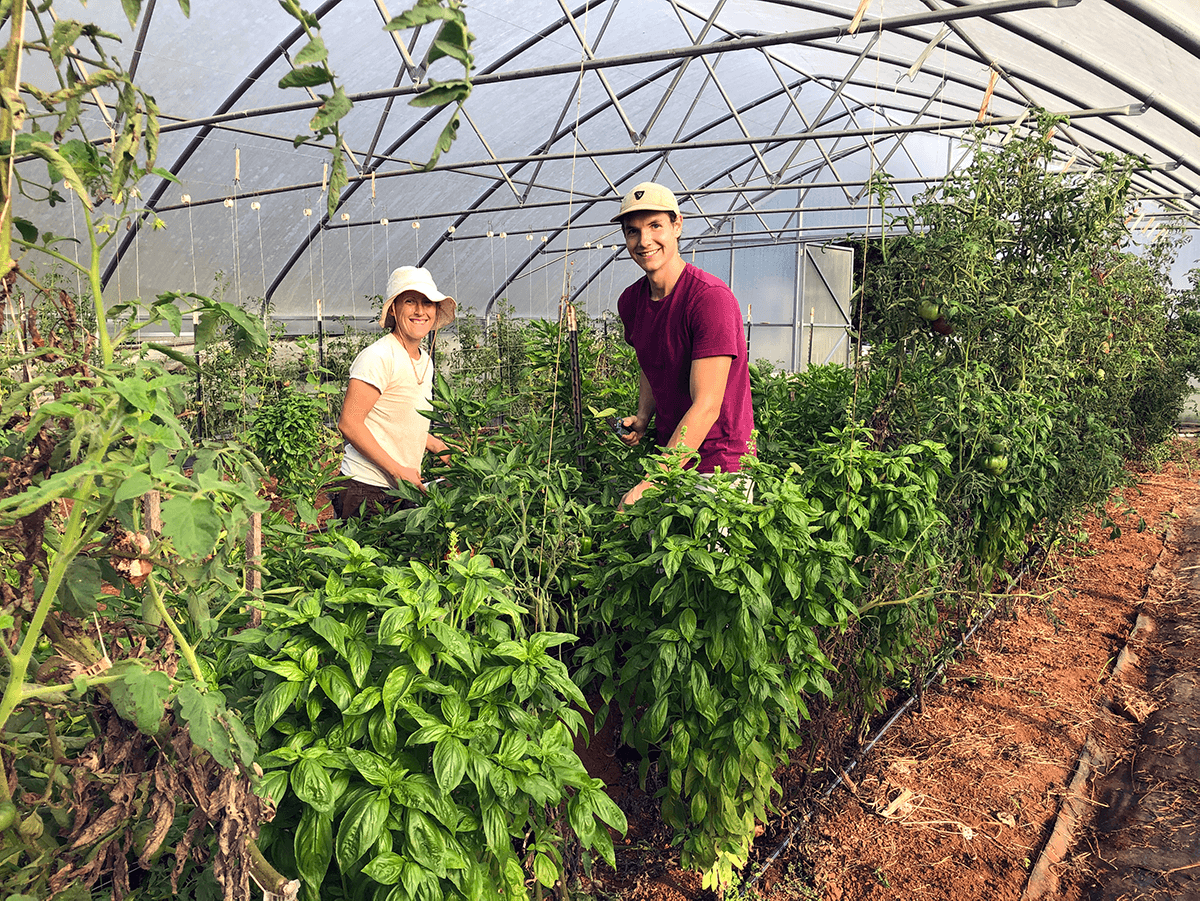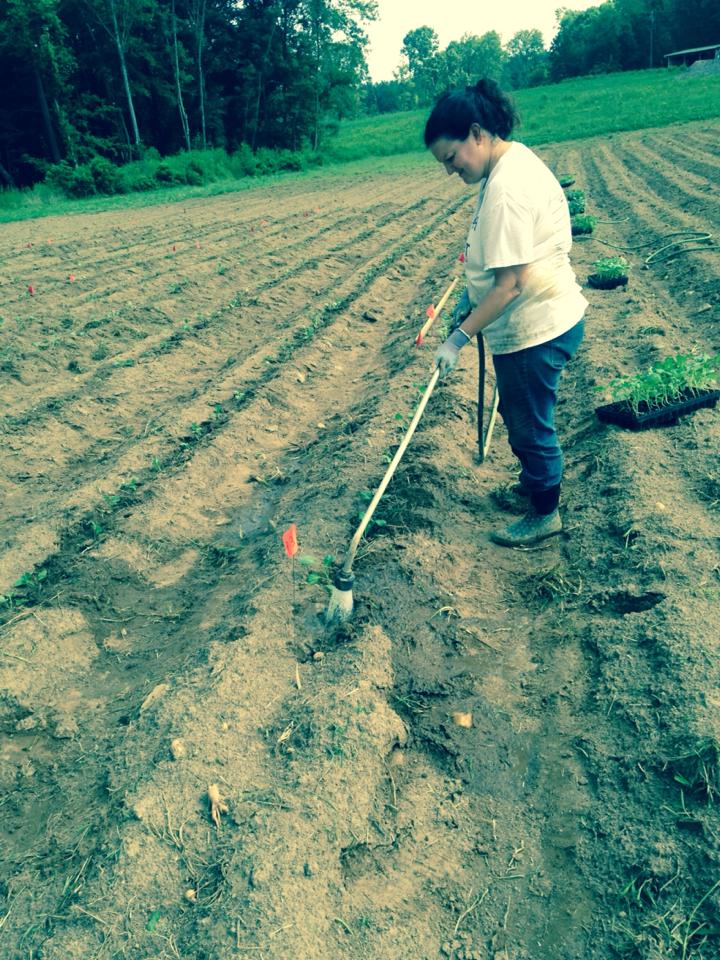by Chris Smith, The Utopian Seed Project | Thursday, Dec. 3, 2020 –
As the executive director of The Utopian Seed Project, I’ve been working with Seed Savers Exchange, Southern Exposure Seed Exchange, and Working Food on a project to build a coalition of seed stewards, gardeners, farmers, chefs, and seed companies to preserve heirloom collard varieties and their culinary and cultural heritage.

There’s lots to love about The Heirloom Collard Project. Two highlights include:
- A Collard Week (Dec.14-17, 2020) of fantastic collard-focused presentations from people like Michael Twitty, Chef Ashleigh Shanti, and Ira Wallace.
- A 20-variety collard trial happening right now, which includes more than 230 gardeners across the nation and eight farm trial sites growing all 20 varieties. (I’m one of the lucky eight to have all those collards in my field!)






